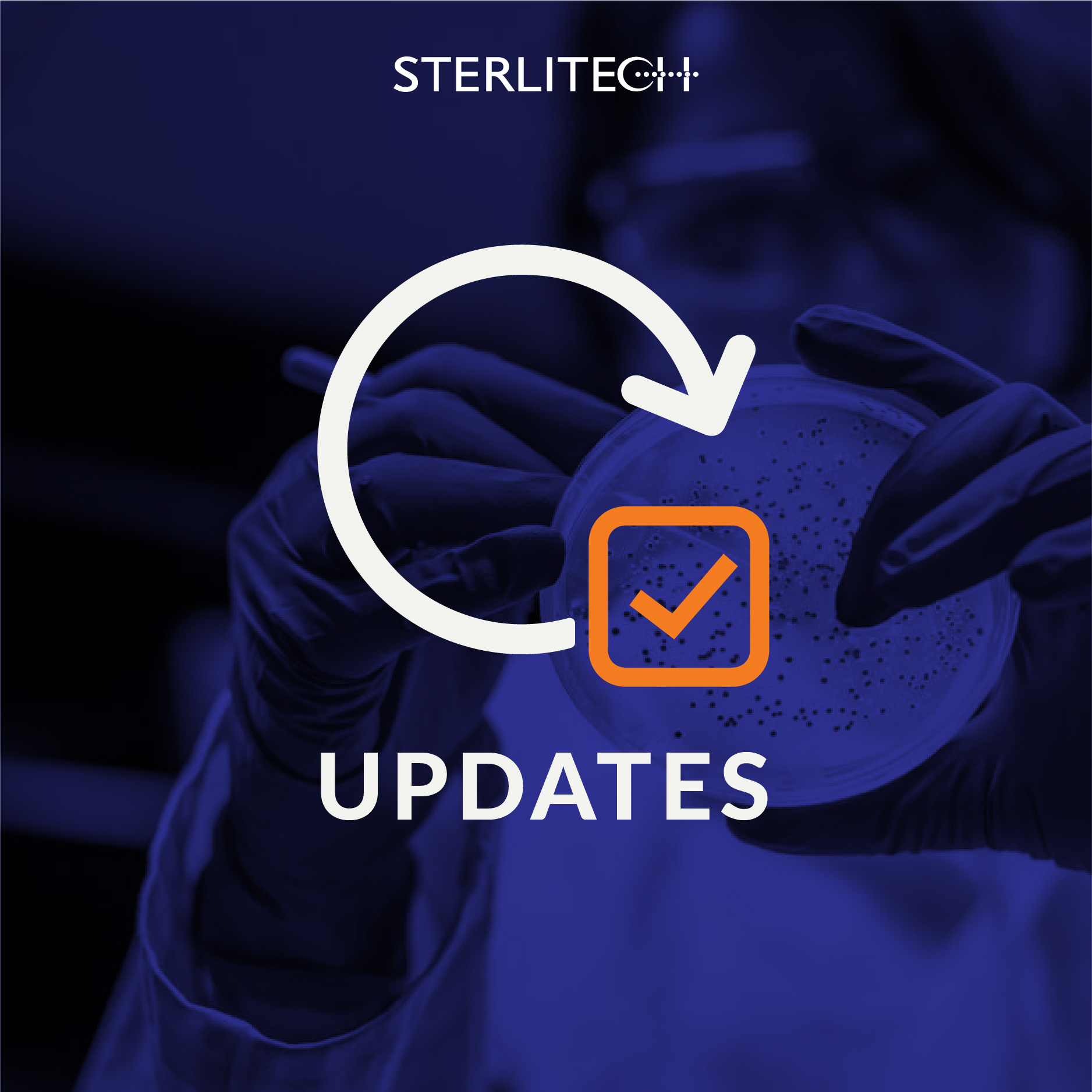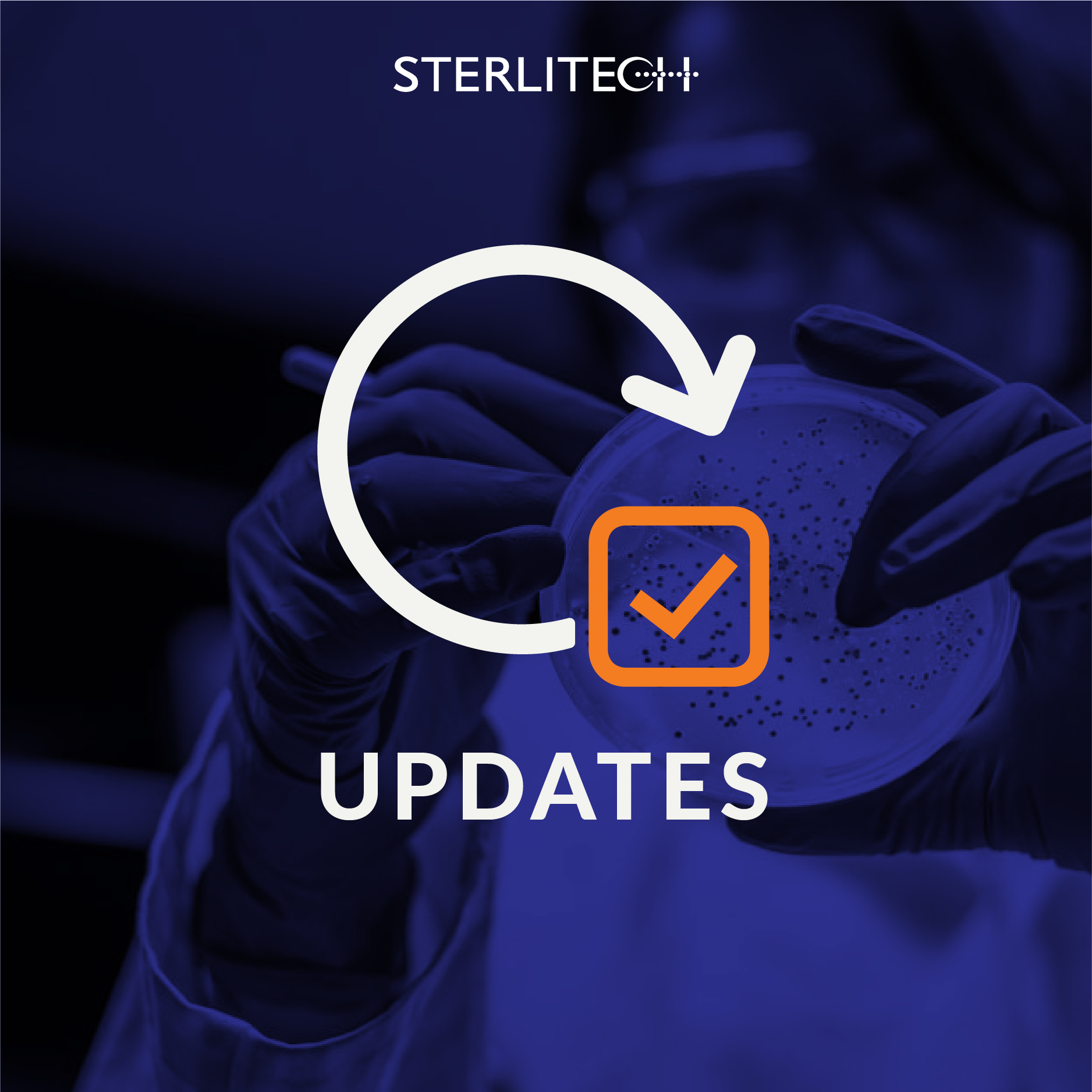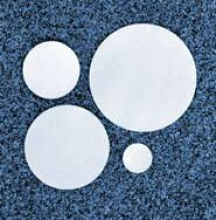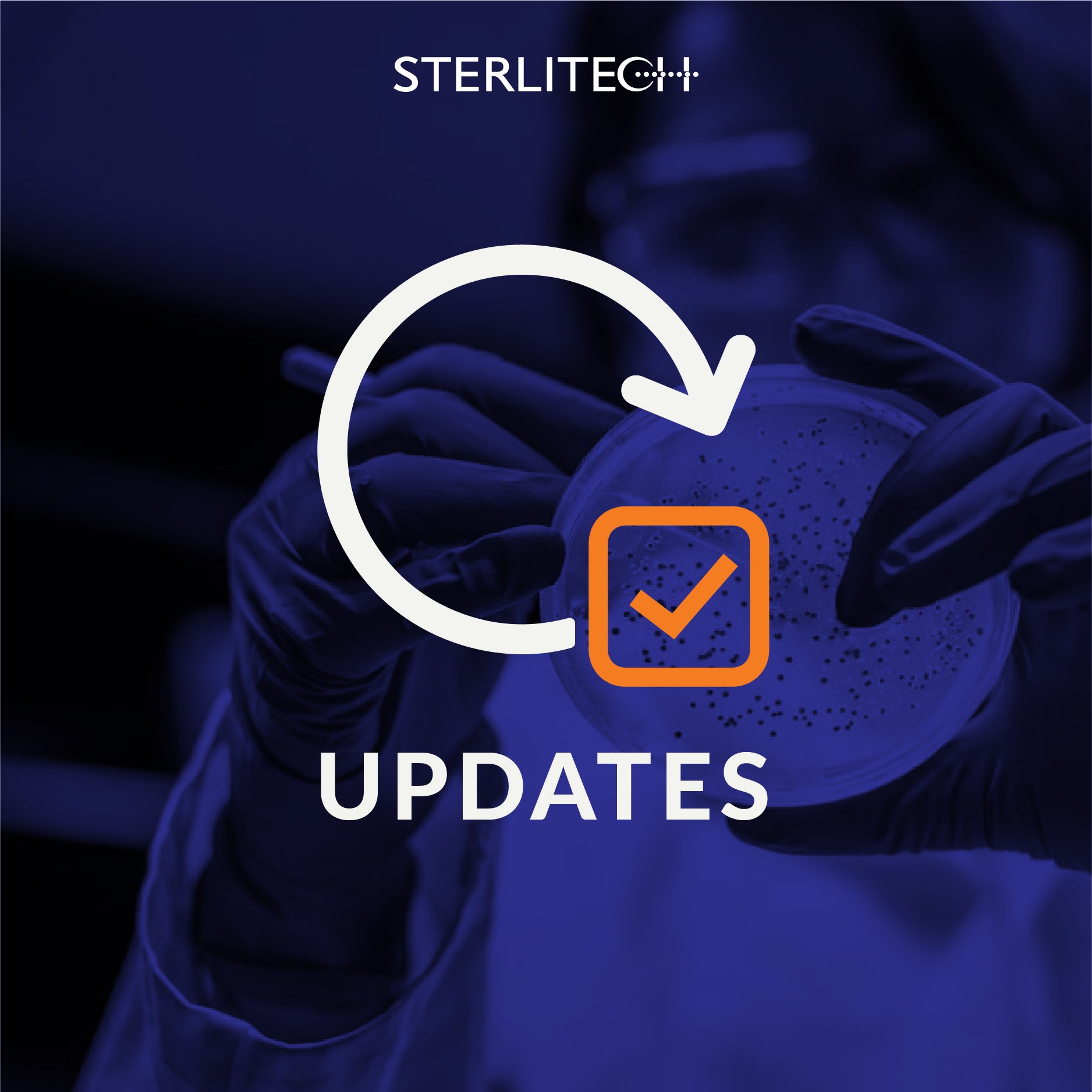In the spirit of reflection we wanted to take a look at some of our favorite posts from 2011 that you may have missed, or may want to revisit for the sake of nostalgia. It’s been an amazing year for us, and we hope everyone out there has made the most of it as well! Here’s wishing you all a Happy New Year!
- Performance Improvement of Cross-flow Filtration for High Level Waste Treatment (Feb. 2011) - Tips on improving your filtration setup from the Department of Energy and Savannah River National Laboratory.
- Bean to Bar at Theo Chocolates (Mar. 2011) - Our own Kristina Shahbazian went on a tour of the only bean-to-bar, organic, fair trade chocolate factory in the USA, located right here in Seattle.
- Legionella Sam






![Join Sterlitech at BIO 2024 [Booth #5558]: Exploring the Future of Biotechnology](https://www.sterlitech.com/media/magefan_blog/b4.jpeg)

